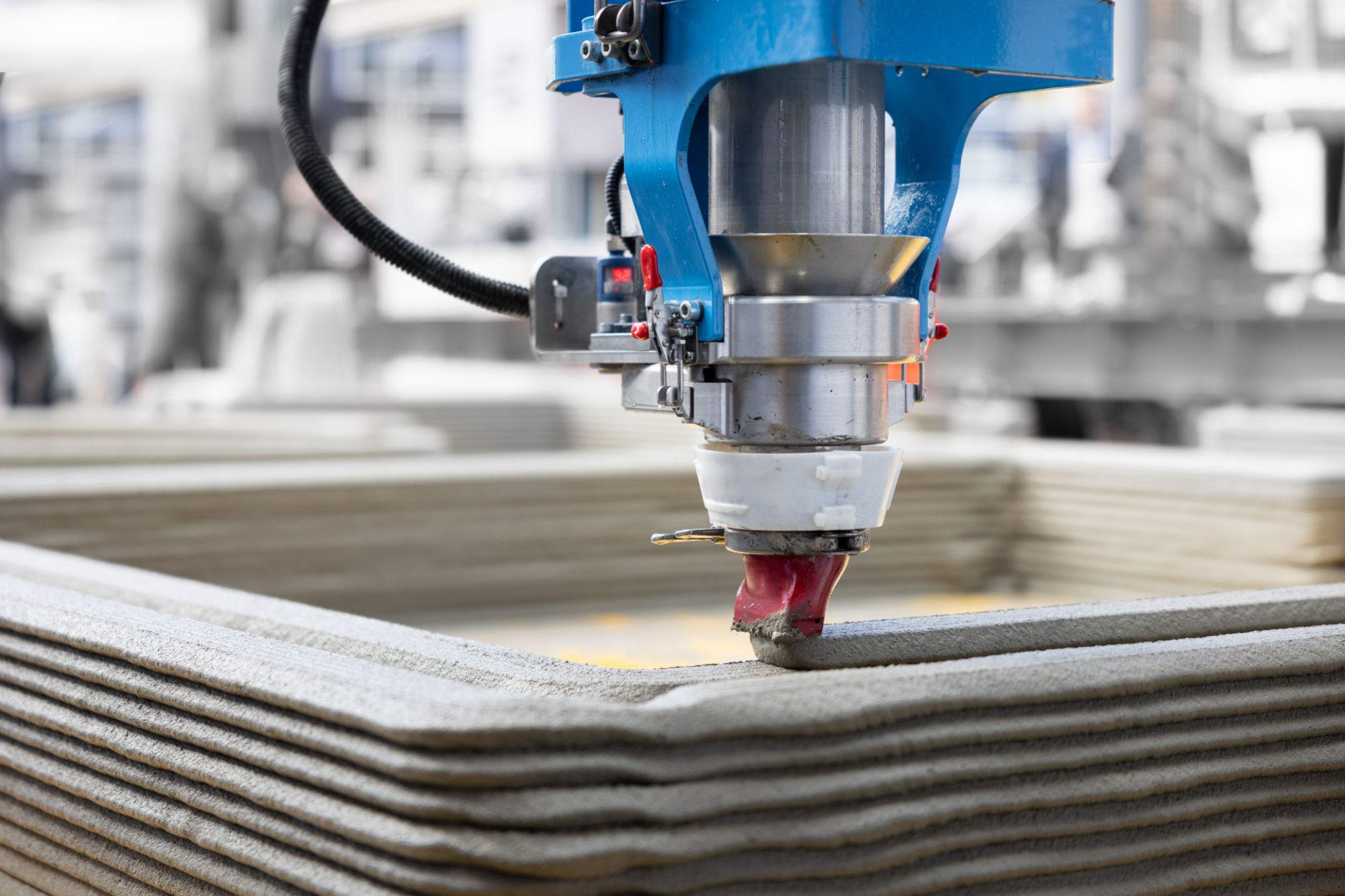Common Misconceptions About 3D Printing Debunked by Experts
The Complexity of 3D Printing
When people think about 3D printing, they often imagine a process that is overly complex and difficult to understand. However, experts in the field assure us that while the technology is advanced, it is not as complicated as it seems. With the right guidance and resources, even beginners can start creating their own 3D printed objects. The key lies in understanding the basic principles and having access to user-friendly software.

3D Printing is Not Just for Prototyping
One common misconception is that 3D printing is only useful for prototyping. While it's true that 3D printing excels in rapid prototyping, its applications extend far beyond. Industries such as healthcare, aerospace, and fashion leverage 3D printing for final product manufacturing. From intricate medical implants to custom fashion accessories, the possibilities are nearly endless.
Material Limitations
Another myth is that 3D printers can only use plastic materials. In reality, modern 3D printers work with a wide array of materials including metals, ceramics, and even bio-materials. This flexibility allows for diverse applications across various industries, enabling the creation of both functional and aesthetic products.

Cost Considerations
Many believe that 3D printing is prohibitively expensive. However, the cost of 3D printers has significantly decreased over the years, making them accessible to small businesses and hobbyists alike. Additionally, the ability to create complex designs with minimal waste can lead to cost savings in material usage and production time.
The Myth of Low Durability
There's a lingering belief that 3D printed objects lack durability compared to traditionally manufactured items. Experts debunk this by highlighting advances in material science and printing techniques that produce strong and resilient products. Industries such as automotive and aerospace have successfully integrated 3D printed components that meet high durability standards.

Environmental Impact
Some critics argue that 3D printing has a negative environmental impact. However, the technology promotes sustainability by reducing waste through precise material usage and enabling localized production. This minimizes the carbon footprint associated with transportation and excess material disposal.
Accessibility of 3D Printing Technology
Lastly, there’s an assumption that 3D printing technology is not accessible to the average person. In truth, numerous online resources, communities, and tutorials exist to help beginners enter the world of 3D printing. Affordable desktop 3D printers have made it easier than ever for enthusiasts to explore this innovative technology from the comfort of their homes.

In conclusion, while there are several misconceptions surrounding 3D printing, experts assure us that the technology is more accessible, versatile, and sustainable than many realize. As more people and industries embrace 3D printing, its potential continues to expand, offering exciting opportunities for innovation across various fields.